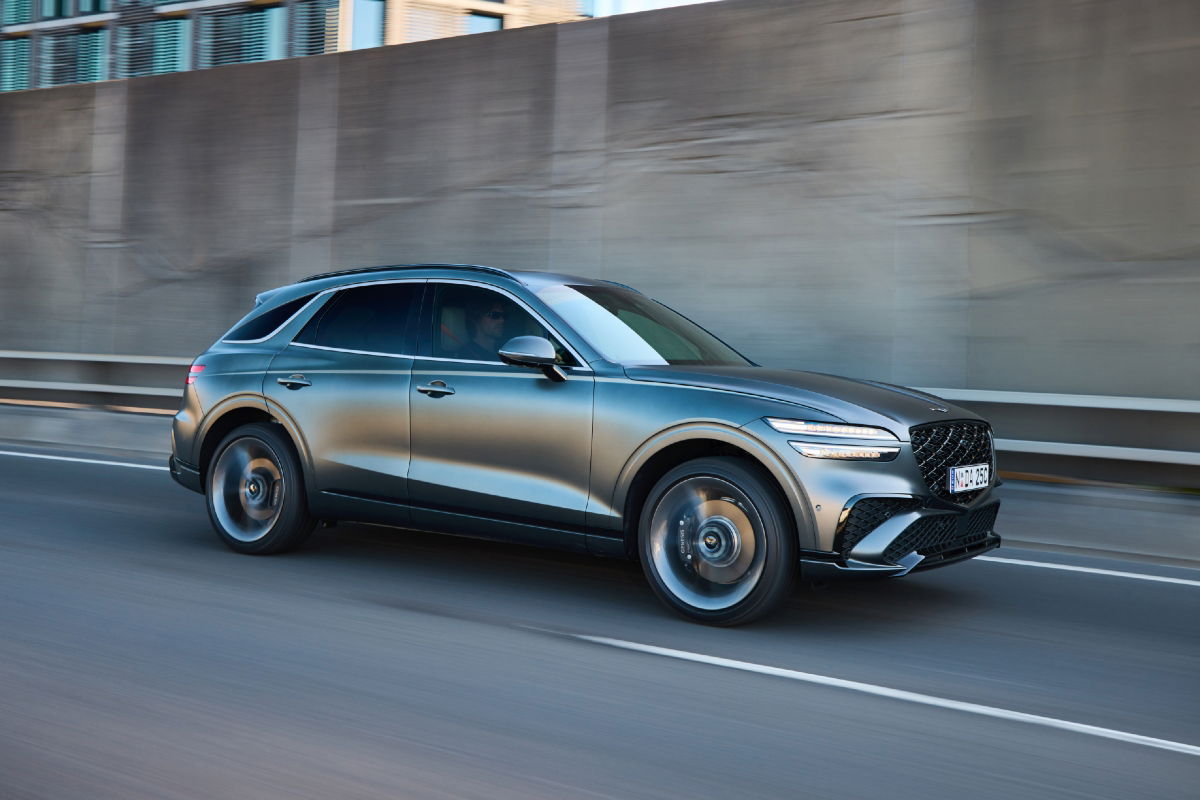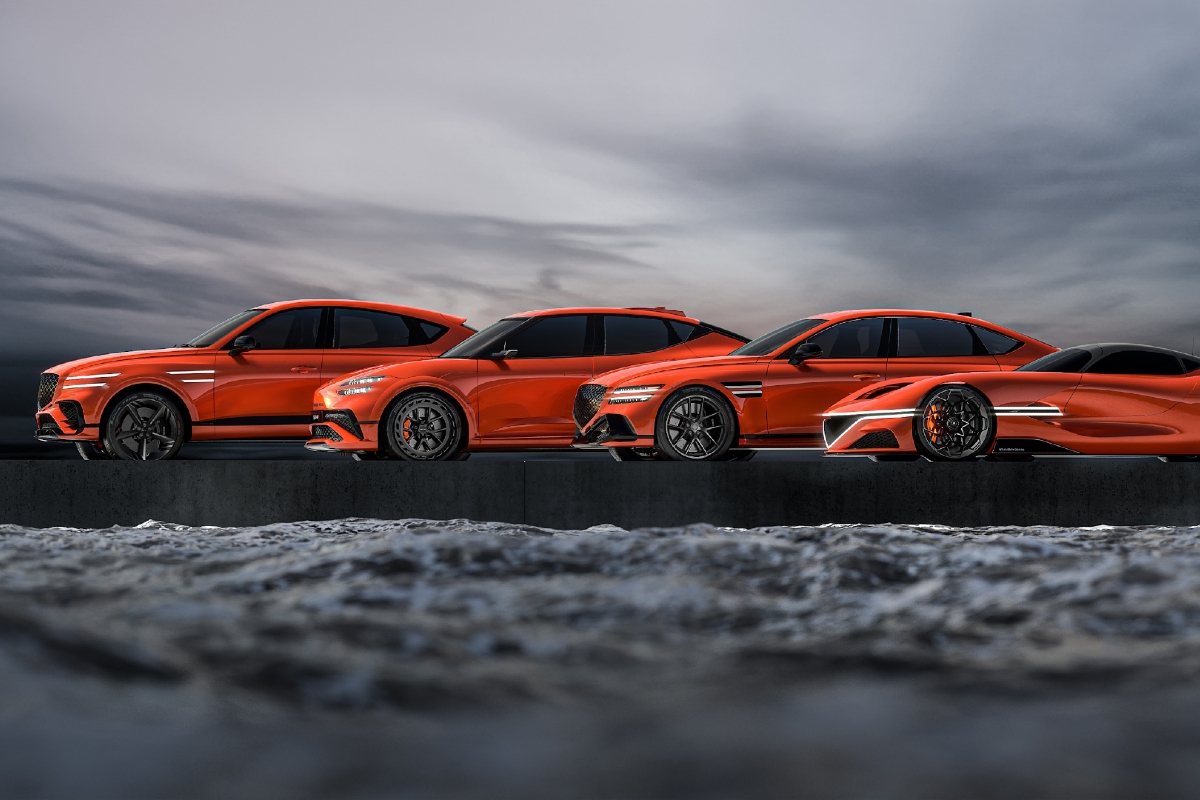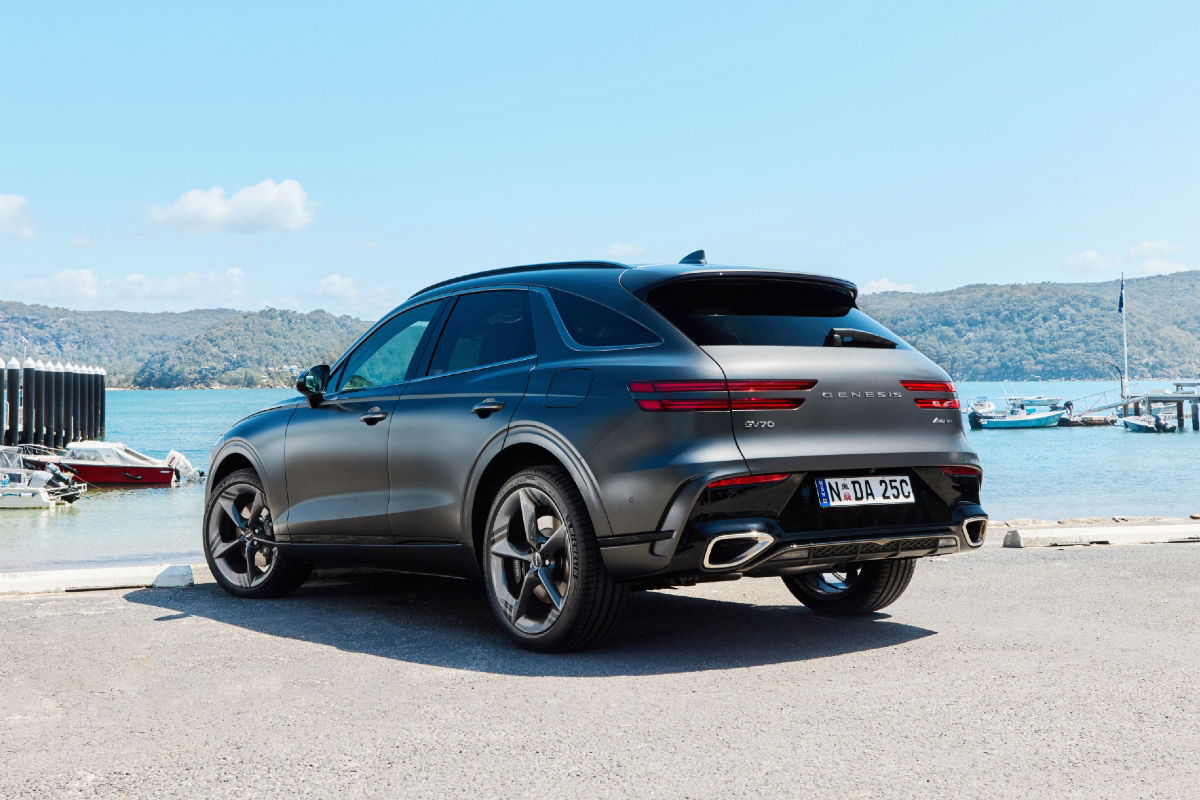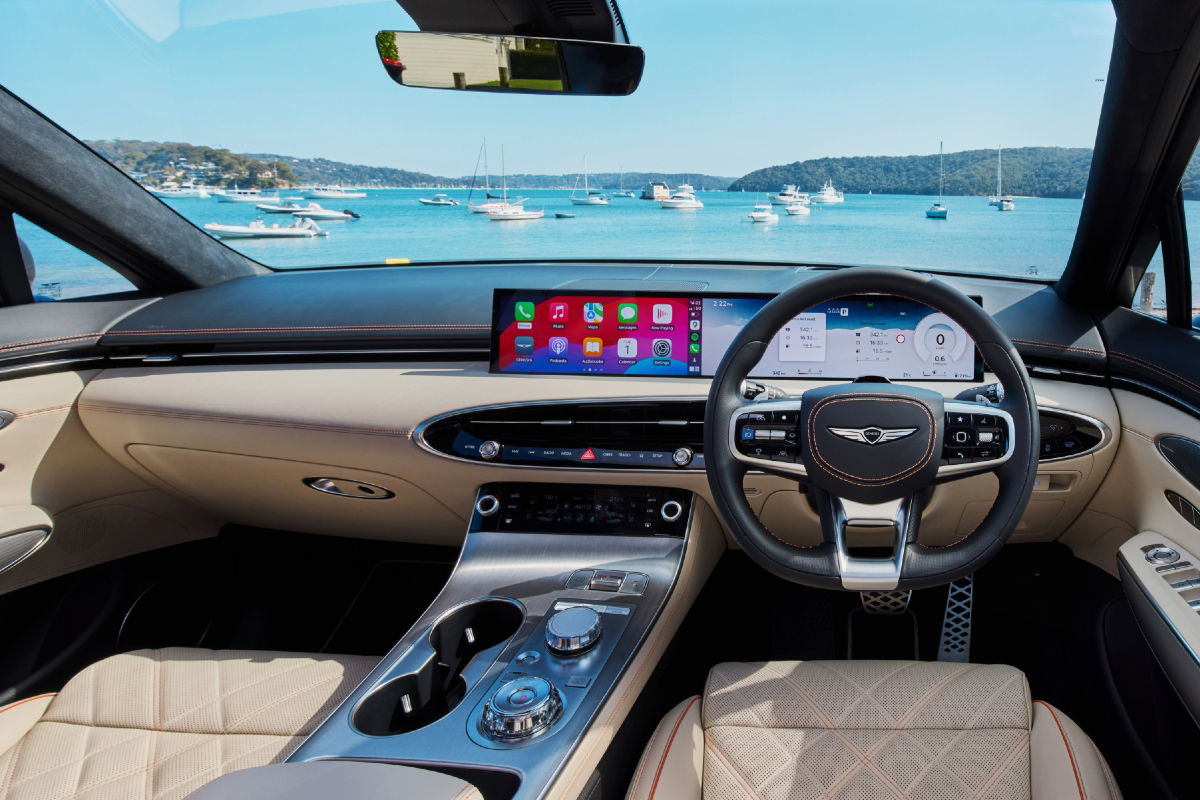
Genesis is not mucking around anymore. It’s done with its slow, deliberate and unorthodox plans to challenge the luxury establishment and is instead moving into a new era. It will take a new approach with how it markets itself and how it sells its cars, expanding its number of dealerships rather than relying only on its direct-to-customer method.
The only major change it won’t make is with its vehicles, with the brand continuing down its path of offering a luxurious and well-appointed car for a competitive price and with a uniquely Korean style. The updated GV70 is the latest model to be refreshed, following its bigger GV80 sibling earlier this year, and it’s poised to take advantage of this new outlook from the brand’s Australian and global management.
Genesis, a spin-off from Hyundai, has tried to stand out and do things differently in order to stand apart from its more established competitors from Europe (BMW, Mercedes-Benz, Audi and Volvo) and Japan (Lexus) but that isn’t working well enough, with sales still relatively low, even by the luxury market standard.

So Genesis is making some major changes, introducing a range of high-performance cars under a new sub-brand called Magma, and will go racing in global sportscar competition with an LMDh prototype. This will give the brand a major image change/boost, especially in Australia where performance is in hot-demand from buyers.
READ MORE: Genesis goes AMG hunting
Genesis has already previewed its Magma range, which will begin with the all-electric GV60 (think of it as a more luxurious version of the Hyundai Ioniq 5 N), but will eventually expand across the entire range. Elements of this new sub-brand have already found their way into the GV70, as we’ll explain later.
The changes to the GV70 start right at the front, with a new ‘G-Matrix’ grille that provides a more contemporary and sportier look than the previous treatment. The front bumper has been redesigned, as has the rear bumper, rear spoiler and rear lights, as well as the 19-inch alloy wheels that come standard on the entry-level model.
Inside the GV70 gets a similar upgrade to the GV80 we drove earlier this year, which means the introduction of a new 27-inch OLED display panel. This singular screen (not two screens in one housing like most others) takes care of all the information and entertainment needs, from the instruments to the navigation, sound system and climate control.
There’s also a new three-spoke steering wheel, which replaces the previous two-spoke design that felt a little dated and made the GV70 feel a bit old-fashioned. There’s still the same level of luxury though, with genuine leather seats, aluminium trim and the option of a 16-speaker Bang & Olufsen audio set-up. There’s also the kind of touches that modern luxury buyers have come to expect, including ‘Air Aroma’ (a scent diffuser), ‘Mood Curator’ (a combination of music, scent and massage seat function) as well as a UV-C sanitising compartment (as seen on the GV80 and Hyundai Santa Fe).
There’s also a new optional interior, the Sports Interior Design package, which previews a small part of Magma, with its signature, volcano-inspired orange used on the contrasting stitching. Orange may not be to everyone’s taste, but against the dark leather it looks distinctive and adds to the level of luxury you feel inside the GV70.

But the biggest changes to the GV70 are the ones you can’t see, only feel. The suspension has been completely revised, with changes to the springs, dampers and anti-roll bars, as well as more sound deadening and other areas. The result is an even quieter cabin, to enhance the feeling of luxury, as well as a more comfortable ride (especially for those in the back seat).
There are two choices of powertrains, both petrol engines – a 224kW/422Nm 2.5-litre four-cylinder turbo and a 279kW/530Nm 3.5-litre twin-turbo V6. Both offer enough performance for the GV70, but obviously the 3.5T offers more punch, particularly on the open road.
The GV70 has always been a sleeper in its class, offering a driving experience that can hold its own against its most direct rivals – BMW X3, Mercedes GLC, Audi Q5 and Lexus NX. The challenge for Genesis is to make sure more people know that and give the brand a chance next time they’re shopping for a luxury SUV. Hopefully an international racing program, a new performance division and expanded dealer network will help make for a new start for the brand.





















Discussion about this post